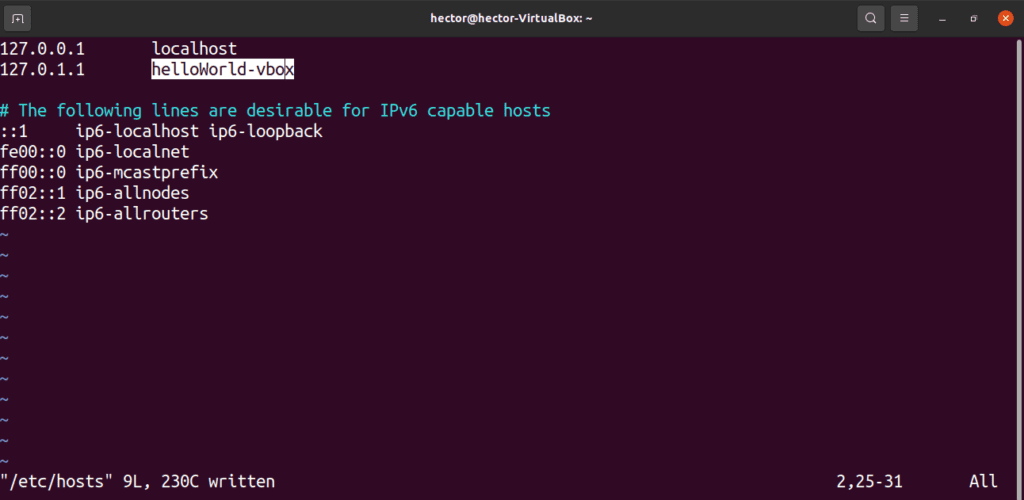

They only accept certificates that are formatted in a particular manner. In a mega IT setup, you may find thousands of servers out there. This is an extra tip for verifying a KEY type file and its consistency: openssl rsa -in my_private_key.key -check Working with. You can use the below command to check a csr type file and retrieve the CSR data entered while creating this file: openssl req -text -noout -verify -in server.csr Verifying a KEY type file csr (Certificate Signing Request) type file crt Type Certificateįor verifying a crt type certificate and to get the details about signing authority, expiration date, etc., use the command: openssl x509 -in certificate.crt -text -noout Checking a. The openssl command can also be used to verify a Certificate and CSR(Certificate Signing Request). Verifying Information within a CertificateĬER and CRT type files can be used in parallel as both are identical.

Find file on linux host serial#
You will see a long output printed on your terminal describing various attributes of the certificate as: Version, Serial Number, Signature Algorithm, Issuer, Validity Status, etc. For example, the below command gives the details of the certificate you created above: openssl x509 -in mycert.pem -text -noout You can use the openssl commands to explore the details of a certificate. Negligence in this regard can have a devastating impact on the production systems.Ĭertificate files usually have a. It is very important to ensure the SSL certificates you are using are not expired or on the verge of being expired. You can now see all your files listed in the current directory with the ls command: Checking the Status of a Certificate Organizational Unit Name (eg, section) :Ĭommon Name (e.g. Now enter the details for various questions on the prompt: Country Name (2 letter code) :IN The 365 indicates the period in days for which the certificate will be valid. The above command will result in a PEM-type certificate file with the name mycert.pem.Įach option here has its meaning.

Use the below command to build your certificate: openssl req -x509 -new -key my_private_key.key -days 365 -out mycert.pem Your certificate will suffice as you will use it only for demonstration purposes. This is because using a CA (Certificate Authority) for signing a certificate requires additional costs.īut don’t worry. It is important to know beforehand that you are generating a self-signed certificate here. That's good, you now have your private and public keys and you can use them to generate a certificate file.

Now that you have a private key, create a public key with it: openssl rsa -in my_private_key.key -pubout > my_public_key.pub The above command will create a key with the name my_private_key.key file. Let's begin with a private key, use the following command to create a private key: openssl genrsa -out my_private_key.key 2048 If you already have these things, you can skip to the next step. To demonstrate this guide, I'll create some keys and certificate files. Optional: Generating a TLS/SSL Certificate
Find file on linux host how to#
In this guide, I'll explain to you how to use the openssl command to check various certificates on Linux systems. You can use a monitoring service like Checkmk to monitor the certificates or you can use the good old openssl command for this purpose. Keeping a tab on your SSL certificates is a crucial part of a sysadmin's job.


 0 kommentar(er)
0 kommentar(er)
